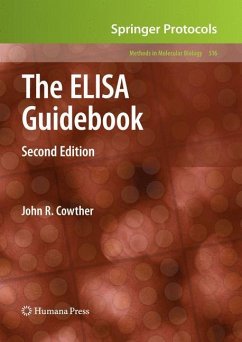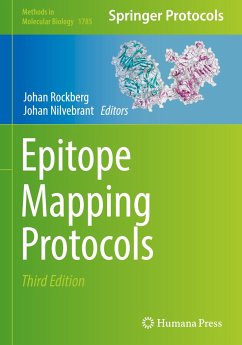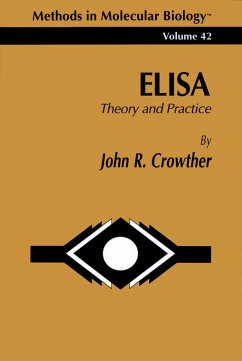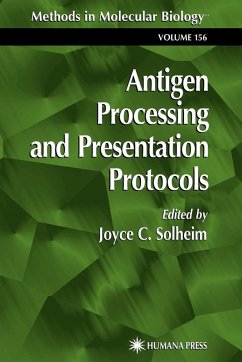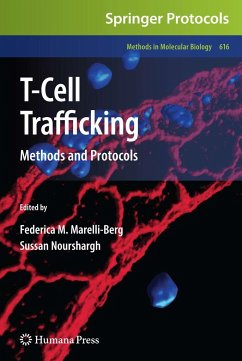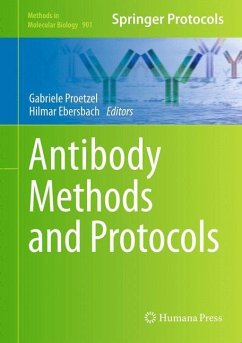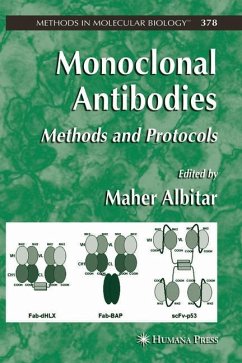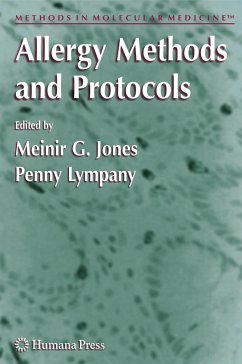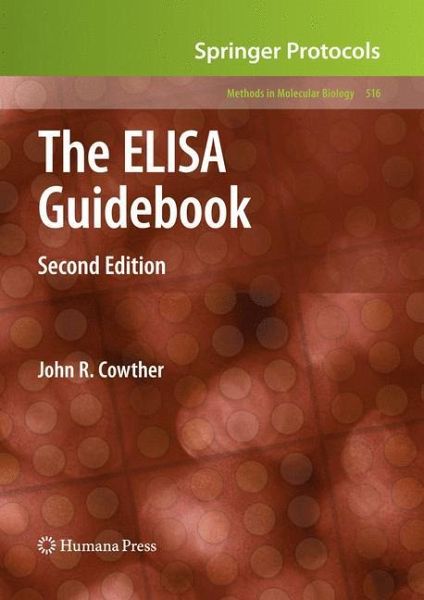
The ELISA Guidebook
Second Edition
Versandkostenfrei!
Versandfertig in 6-10 Tagen
167,99 €
inkl. MwSt.
Weitere Ausgaben:

PAYBACK Punkte
84 °P sammeln!
The Enzyme Linked Immunosorbent Assay (ELISA) continues, as predicted, to be the predominant assay used in biomedical and agricultural research. While little has changed in the principles of the ELISAs used since the publication of The ELISA Guidebook, many technological advantages, including the increasing number of reagents available for exploitation and the larger spectrum of instruments to measure the coloured products of ELISAs, have greatly benefited the field. Other testing technologies using molecular techniques, predominantly the conventional and more and more often, real time PCR, are rapidly evolving to help diagnose and differentiate disease agents and identify substances present in exquisitely small amounts. The ELISA is still needed either alone in mass screening, such as serological assays, or used in tandem with molecular techniques to fully evaluate the molecular and antigenic nature of analytes.
John R. Crowther provides today's premier practical guide to the understanding and application of ELISA. This Edition enlarges on charting methods for assessing the indirect ELISA, ruggedness and robustness of tests, aspects of kit use and validation, and internal quality control and external quality management of data. The author describes each method in great detail to ensure experimental success and includes advice on equipment choice, maintenance, and calibration. Wherever possible, helpful written explanations are provided along with copious diagrams.
With its numerous worked examples, detailed instructions, and extensive illustrations, The ELISA Guidebook, Second Edition offers a powerful synthesis of all the basic concepts and practical experimental details investigators need to understand, develop, and apply ELISA methodology successfully in day-to-day basic and clinical research.
John R. Crowther provides today's premier practical guide to the understanding and application of ELISA. This Edition enlarges on charting methods for assessing the indirect ELISA, ruggedness and robustness of tests, aspects of kit use and validation, and internal quality control and external quality management of data. The author describes each method in great detail to ensure experimental success and includes advice on equipment choice, maintenance, and calibration. Wherever possible, helpful written explanations are provided along with copious diagrams.
With its numerous worked examples, detailed instructions, and extensive illustrations, The ELISA Guidebook, Second Edition offers a powerful synthesis of all the basic concepts and practical experimental details investigators need to understand, develop, and apply ELISA methodology successfully in day-to-day basic and clinical research.
There have been very few developments that markedly affect the need to greatly revise the text from the last version of this book. This is testament to the fact that hetero- neous enzyme-linked immunosorbent assays (ELISA) provide ideal systems for dealing with a wide range of studies in many biological areas. The main reason for this success is test flexibility, whereby reactants can be used in different combinations, either attached passively to a solid phase support or in the liquid phase. The exploitation of the ELISA has been increased through continued development of specifically produced reagents, for example, monoclonal and polyclonal antibodies and peptide antigens coupled with the improvement and expansion of commercial products such as enzyme-linked conjugates, substrates and chromogens, plastics technology and design of microwell plates, inst- mentation advances and robotics. However, the principles of the ELISA remain the same. There has been some rearrangement of chapters plus addition of three new ones dealing with charting methods for assessing the indirect ELISA, ruggedness and robustness of tests-aspects of kit use and validation, and internal quality control and external quality management of data, respectively. These reflect the need to control what you are doing with ELISA and to exploit the method to its full extent. I do not apologize for dealing with the same areas in different ways a number of times, as it is imperative that principles are understood to allow planning, operation, and control of ELISA.





